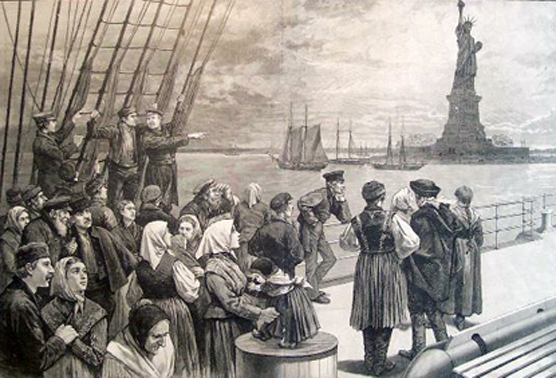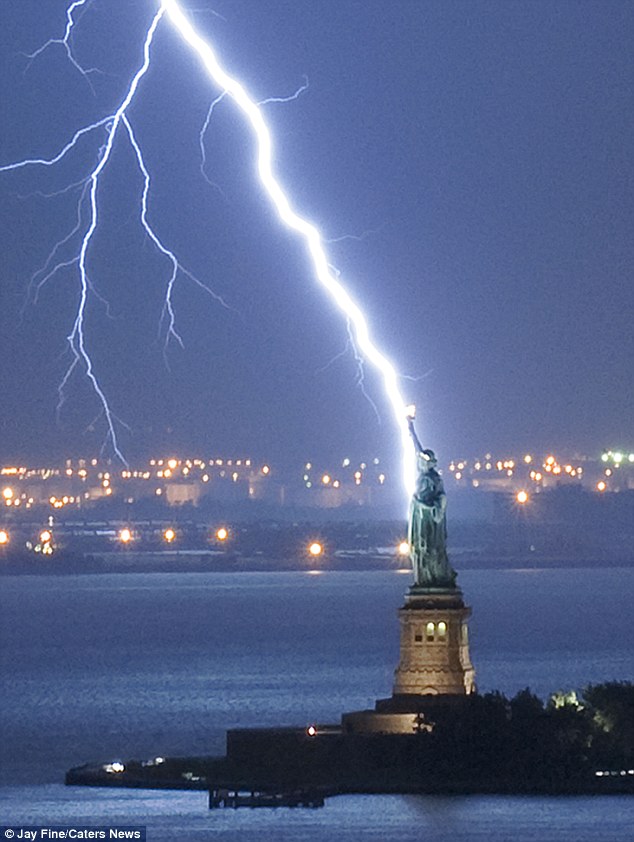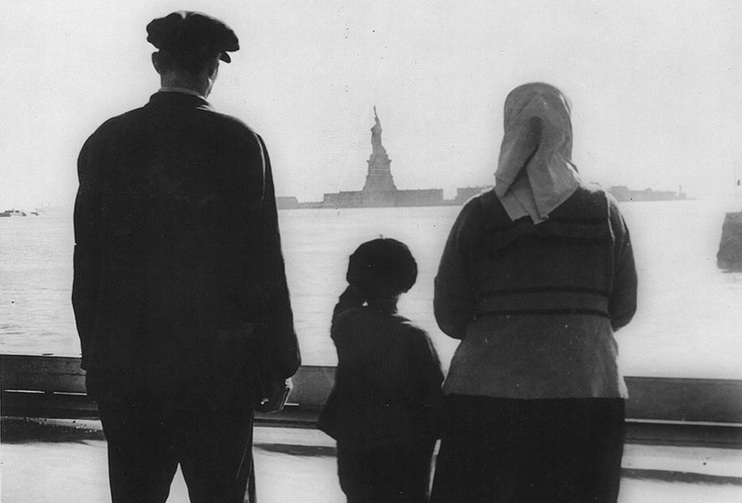LISTEN TO TLR’S LATEST PODCAST:
No image more clearly represents America and its ideals than the Statue of Liberty. Located in the Manhattan borough of New York City, designed by Frédéric Auguste Bartholdi, and given as a gift to the US from France on October 28, 1886. The statue is of the Roman goddess Libertas, and inscribed on the tablet she is holding is the date of the Declaration of Independence: July 4, 1776. Further symbolic of our country’s escape from tyranny, a broken chain sits at her feet.

The statue’s torch-bearing right arm was displayed first in Philadelphia in 1876, and then in Manhattan from 1876 through 1882. As funds for the project became scarce, New York World publisher Joseph Pulitzer began a drive for donations that was able to attract over 120,000 contributors. The statue was then constructed in France, shipped to the US in 214 crates on a French ship named Isere, which nearly sank in stormy seas, and assembled on a completed pedestal. Completion of the statue was honored with New York’s first ever ticker-tape parade and a ceremony featuring President Grover Cleveland.

The Statue of Liberty, whose official name is actually “Liberty Enlightening the World,” carries with it many interesting facts. While it is famous for having a green hue, this is due to an infrastructure of iron and a copper exterior which has turned green from oxidation. While Bartholdi was the designer of the monument, the man who first thought of the idea was Édouard René de Laboulaye, a French author and abolitionist. Laboulaye proposed the gift as a commemoration of both the US’s victory in its Revolution against England and the American abolition of slavery. Laboulaye also hoped that the symbolic gift would inspire the French to rise up against the tyranny of Napoleon III.
.jpg)
During the late 1800s, the Statue of Liberty symbolized the American dream to millions of immigrants, as it was often the first thing that they saw when they arrived by boat. From the bottom of the statue to the top of its torch, the statue is about 305 feet tall. The island on which it is located was previously named Bedloe Island, but in 1956, its name was changed to Liberty Island.

The statue has closed numerous times throughout its history for various reasons, most recently in 2012 due to Hurricane Sandy. It reopened on July 4, 2013. The statue was also closed after the attacks on September 11, 2001. In 2004, the pedestal was once again opened, followed by the rest of the statue in 2009. To this day, only a limited amount of visitors are permitted to go up to the apex of the statue, in the crown area. The statue sustained damage during World War I when some German agents set off an explosion. The right arm holding the torch suffered the most from the attack, with repairs costing around $100,000. The stairs in the torch were afterward closed for safety purposes, and remain closed today.
Other interesting facts include that the statue is estimated to be hit annually by around 600 bolts of lightning and that only 2 people have killed themselves by jumping off the statue, although many others have jumped and survived. There have been numerous replicas of the statue created around the world, including a smaller version in Paris and one in Las Vegas. But it is fair to say that the Statue of Liberty is a symbol which can be mimicked but never duplicated.





